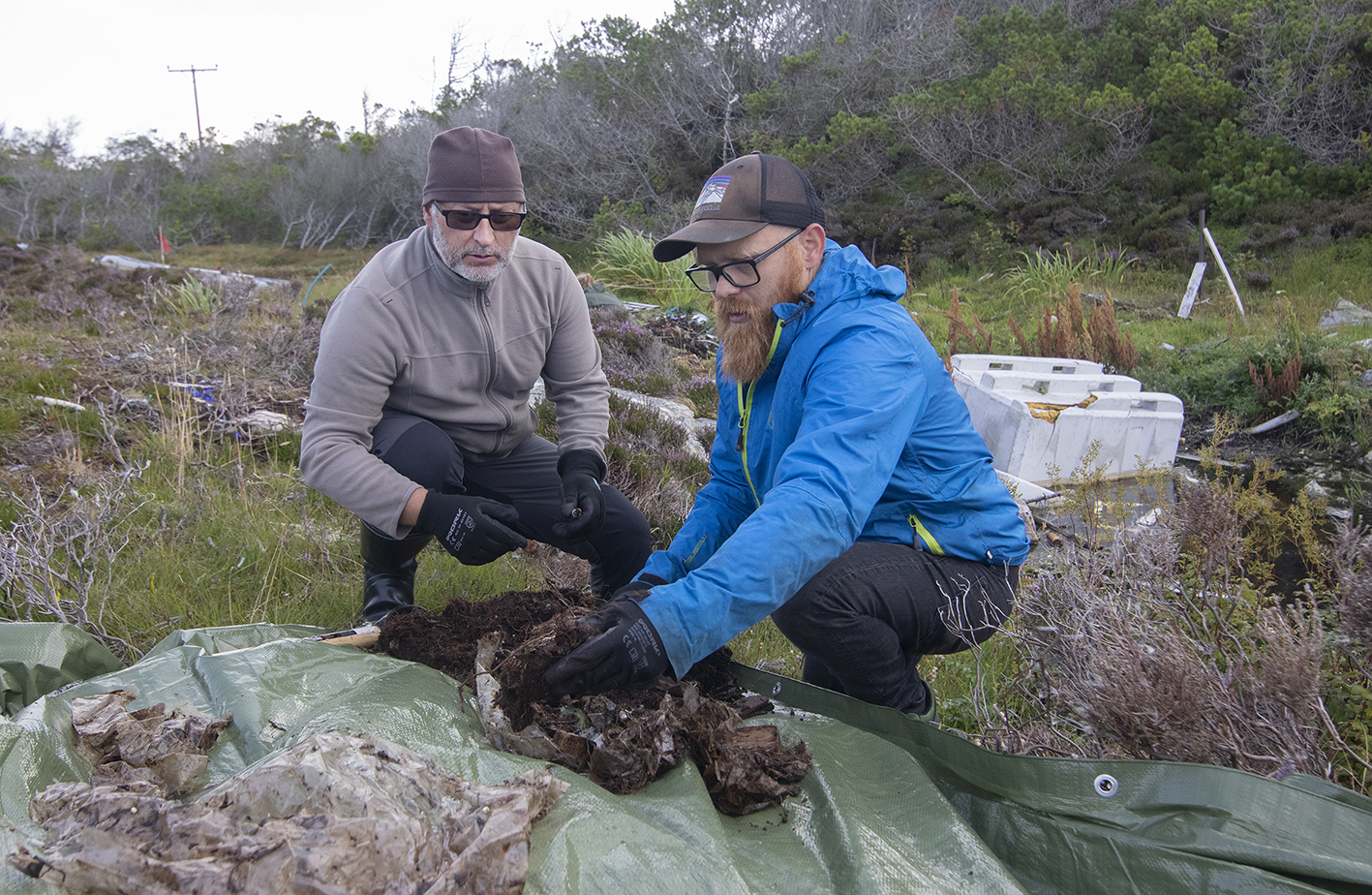– We need to find out which substances the plastic releases, and investigate the deleterious effects of plastic buried in the soil might have on the environment, says senior researcher and project manager Alessio Gomiero at NORCE, Norwegian Research Centre.
– This is necessary knowledge both in the present situation and not least in the future, he adds.
When plastic waste accumulates for decades along the Norwegian coast, a new landscape with soil full of plastic emerges, even in the most beautiful places.
Researchers at NORCE are the first to document the phenomenon of emerging plastic landscapes, in a study in the journal Frontiers in Marine Science.
Lisle Lyngøyna is one of many hotspots for plastic accumulation in Western Norway.



